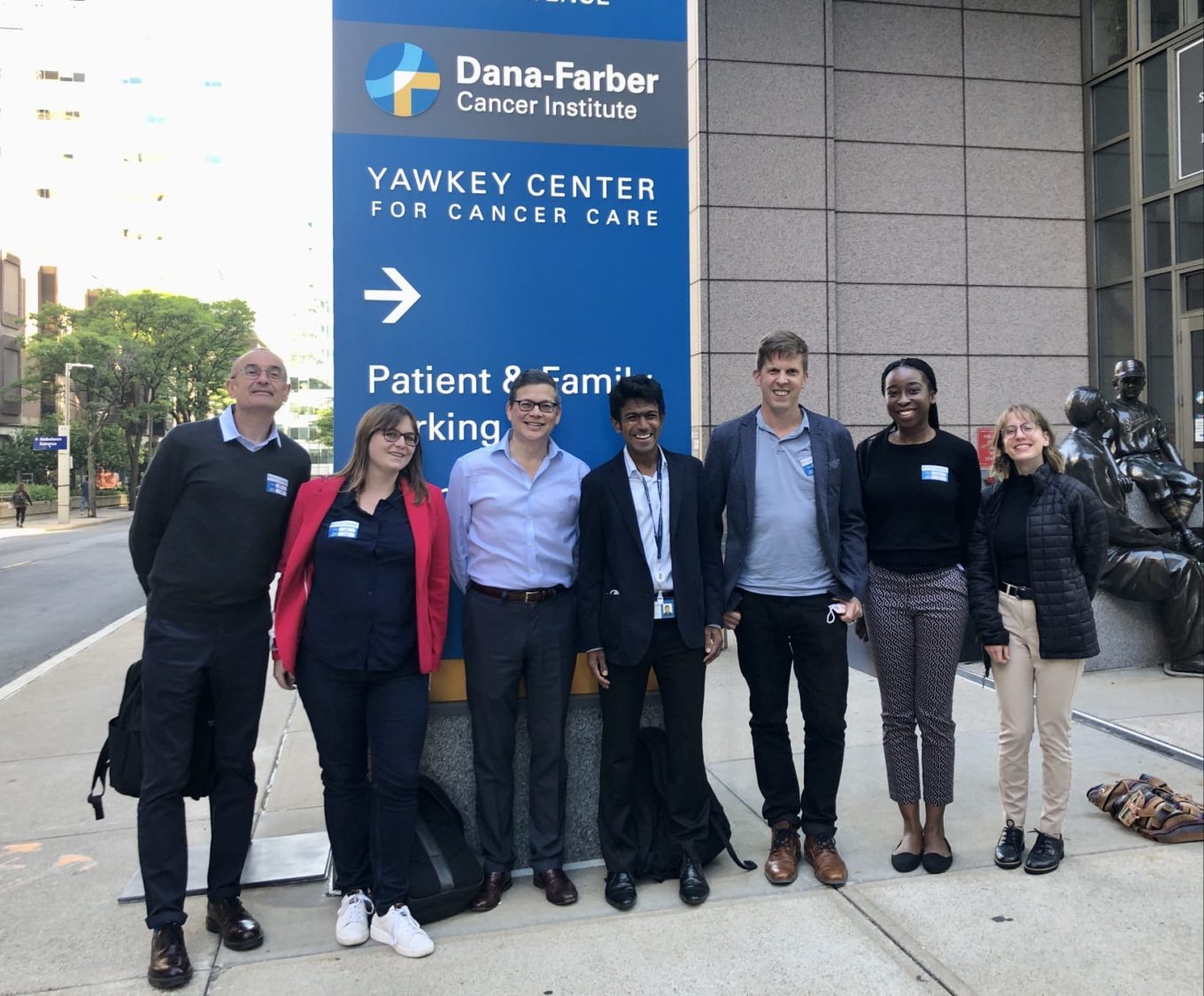Project Summary
About the Researchers
Dr Hari Iyer
Principal Investigator
Hari is Assistant Professor at Rutgers Cancer Institute of New Jersey and his research examines multilevel environmental, health care access, lifestyle and biological pathways that drive risk of prostate cancer.
Professor Timothy Rebbeck
Principal Investigator
Timothy is the Vincent L. Gregory, Jr. Professor of Cancer Prevention at the Harvard T.H. Chan School of Public Health and Dana Farber Cancer Institute. He studies the etiology and prevention of cancer, with an emphasis on cancer disparities and global health.
The gap
Racial disparities among men with prostate cancer are among the largest for any common cancer. In the United States, Black men are more likely to develop, die, and be diagnosed at an earlier age with prostate cancer than other men. Approximately 1 in 4 Black men will be diagnosed with prostate cancer compared with 1 in 8 White men, and it is estimated that Black men are 2.2 times more likely to die from prostate cancer each year.
Black men have the highest mortality rate for prostate cancer of any race and ethnic group in the United States, reflecting their higher incident rates. In comparison to the rest of the world, Black men in the US and Caribbean have the highest documented prostate cancer incident rates.

Racial inequity in prostate cancer screenings
Prostate cancer screening is controversial, and differences in attendance rates can be characterized by racial and social disparities.
Black men often report lower access to prostate cancer services compared to White men, but studies where Black and White men have equal access to prostate cancer care show limited differences in prostate cancer specific mortality, suggesting that delivery of proper prostate cancer screening could reduce disparities.
Not enough studies have focused on the differences in treating Black men and White men with prostate cancer, and why Black men have a higher mortality rate. Few studies have examined the links between genetics and biology in Black and White men with prostate cancer, but even fewer have investigated barriers to neighborhood factors and prostate cancer screenings.
Barriers to accessing prostate cancer screenings can be defined by 5 categories:
Physical accessibility: Commute, Distance, Location
Availability: Time
Affordability: Health insurance, Socioeconomic status
Accommodation: Hospitality, Information, Options
Acceptability: Follow-ups with primary care doctor
We know that Black men disproportionately face barriers accessing prostate-specific antigen (PSA) screening, but few studies have examined links between neighborhood factors, barriers to PSA screening access, and prostate cancer mortality.
““We are extremely grateful for this award from PCR to pursue our study on how neighborhood environments and geographic access to prostate specific antigen screening impact racial disparities in prostate cancer mortality."
Hari Iyer and Timothy Rebbeck
The project
Dr Iyer and his team will use data from across the US to estimate the impact of geographically targeted interventions to eliminate barriers to access prostate cancer screenings.
Important barriers to accessing screenings to predict prostate cancer specific mortality vary by individual and neighborhood level factors. To remove the barriers relevant to individual and neighborhood context, policies must be created and implemented to increase access to prostate cancer screening in vulnerable communities.
Dr Iyer and his team will use data from across the United States to determine what socioeconomic, neighborhood, and environmental variables must be removed or changed to eliminate barriers to accessing screenings and treatments for prostate cancer; thereby reducing mortality rates in Black men.
The project uses a novel application of geospatial analysis to identify people and places experiencing excess mortality from prostate cancer and their limited access to screenings.
Geospatial analysis is the gathering, display, and manipulation of imagery data provided from GPS satellites to provide insight into relationships between variables and reveal patterns and trends.
Using geospatial analysis, the researchers will model ideal conditions and remove barriers to PSA screenings. Then they will compare and evaluate the effects of the interventions.

Future impact
By identifying where the communities at risk are located, the study will provide important information about which specific barriers to prostate cancer screening must be removed to reduce prostate cancer burden and racial disparities.
The findings will reveal the specific populations that would benefit from targeted interventions to remove these barriers. Each community will be able to tailor the findings to fit their specific needs and implement local policies focused on increased screenings for vulnerable populations.
The results from this study will be packaged into multiple peer reviewed journals, infographics, and training materials that will be shared with health care professionals, policy makers, and stakeholders across the country. Findings could guide the development of policies to improve appropriate access to prostate cancer screening in underserved communities to reduce mortality rates for Black men.
For patients
Once the findings are reviewed, Dr Iyer and his team will talk to health care professionals and community leaders who will help vulnerable populations and neighborhoods understand and access screenings for prostate cancer.
The results will also be made available to patients and families through a web-based portal to examine trends in prostate cancer and how they apply to the individual patient based on location.
Patients and their families will be able to be a lot more involved and proactive when it comes to accessing prostate cancer screenings, asking doctors the right questions, and spreading awareness in the community.




